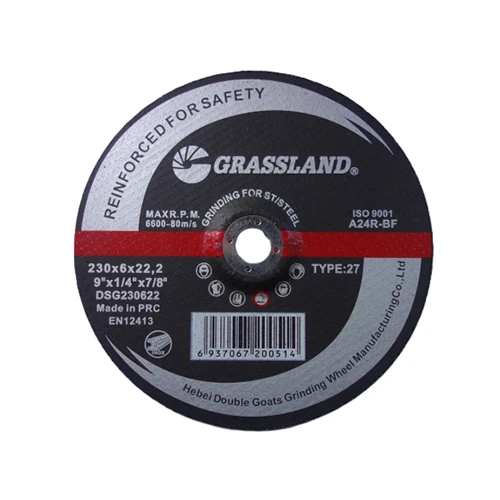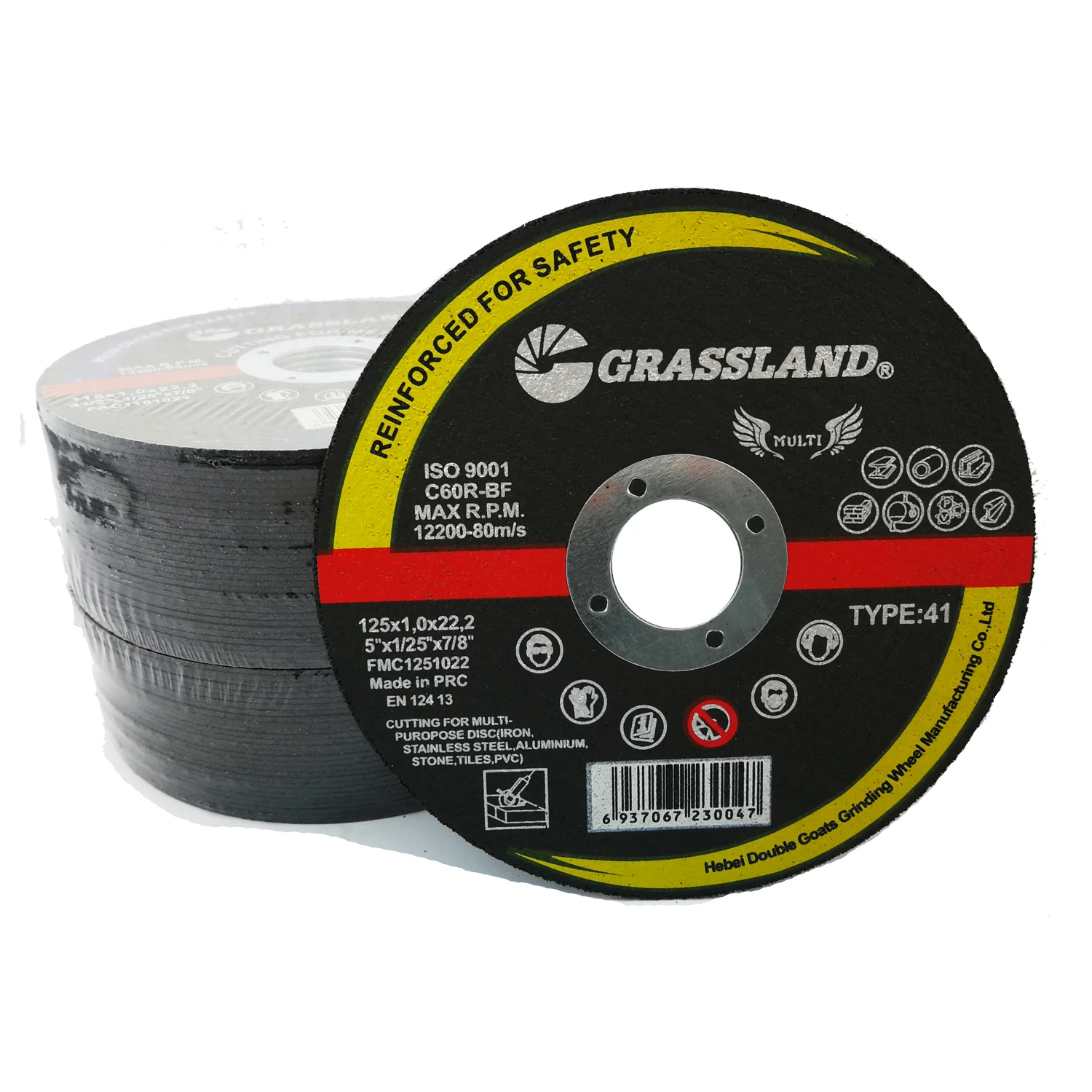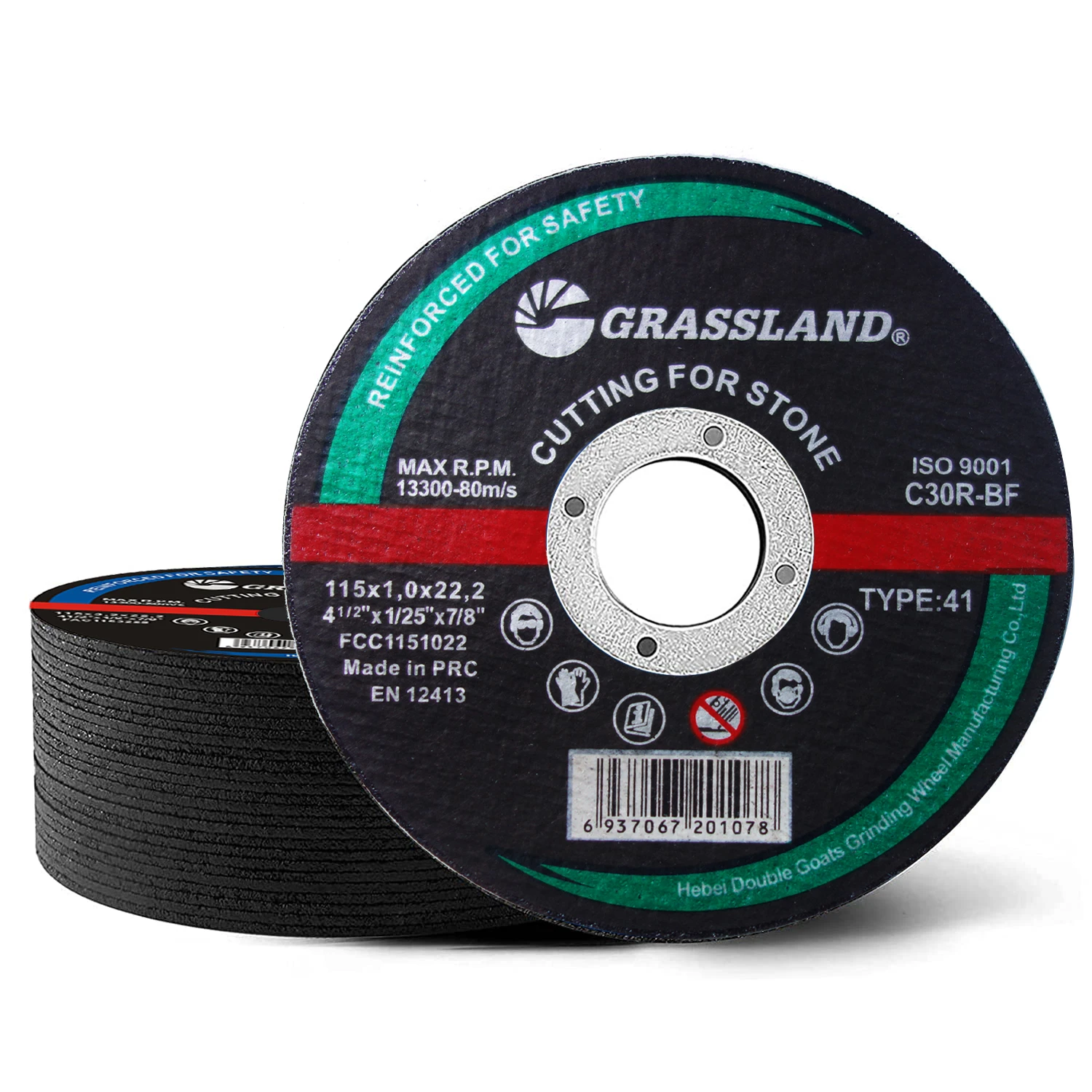What Is disco de corte metalografico and Why Does It Matter?
If you’ve ever peeked inside a manufacturing plant or a materials testing lab, you’ve probably seen some serious metal cutting going on. At the heart of that cutting is something known as the disco de corte metalografico, or metallographic cutting disc. Sounds fancy, right? In brief, it’s a specialized abrasive disc designed for slicing through metal samples cleanly and precisely — crucial for quality control, research, and even safety testing in industries around the world.
Globally, with industries expanding and materials science advancing, the demand for sharp, reliable cutting tools like these has grown steadily. As the International Organization for Standardization (ISO) reports, metal cutting tools contribute directly to improving product durability and structural integrity, vital across automotive, aerospace, construction, and even humanitarian fields where durable infrastructure is a must.
Mini takeaway: The disco de corte metalografico isn’t just a blade; it’s a cornerstone of precision metal analysis and industrial reliability worldwide.
Understanding disco de corte metalografico: Definition and Industry Relevance
Simply put, a disco de corte metalografico is a cutting wheel made typically of abrasive materials embedded in a resin or bonding agent, designed specifically to cut metal specimens without altering their microstructure. Unlike generic cutting discs, these tools deliver an ultra-smooth, burr-free finish essential for microscopic examination or failure analysis.
Why does that matter? Metal manufacturers, researchers, and engineers use them to verify chemical composition, grain size, or detect cracks that can topple an entire structure if ignored. So, it’s a quiet hero in labs, fabrication workshops, and even disaster relief scenarios where quick metal assessment can mean the difference between safe shelter or collapse.
Core Elements of disco de corte metalografico
1. Abrasive Material
The heart of the disc is the abrasive — often aluminum oxide, silicon carbide, or diamond grit — chosen based on the specific metal type and required cut quality. For instance, diamond-infused discs are premium performers on hard steels and exotic alloys.
2. Bonding Agent
The resin or vitrified bond holding the abrasives together affects the disc’s rigidity and lifespan. A vitrified bond offers more resistance and is suited for heavy-duty cuts, while resin bonds allow for some flexibility and shock absorption during use.
3. Disc Thickness
Thickness directly influences cut precision and speed. Thinner discs (around 0.2 to 0.5 mm) produce finer cuts with minimal material loss, essential for metallurgical analysis. Thicker ones do well in rough or bulk cutting.
4. Velocity and RPM Ratings
Safety first — discs have maximum rotations per minute (RPM) limits. Operators must match disc speed with the grinder or cutter to avoid accidents or disc damage.
5. Diameter and Arbor Size
Standard diameters range around 75-150 mm, with arbor sizes adapting to cutting machines. Compatibility is key to prevent vibration and uneven wear during cuts.
| Feature | Specification Range |
|---|---|
| Diameter | 75mm – 150mm |
| Thickness | 0.2mm – 1.0mm |
| Abrasive | Aluminum Oxide, Silicon Carbide, Diamond |
| Bond Type | Resin or Vitrified |
| Max RPM | Up to 13,300 RPM |
| Arbor Size | 10mm – 22.2mm |
Mini takeaway: The secret sauce of disco de corte metalografico lies in balancing materials, thickness, and bond type to fit precise industrial needs.
Where Are Metallographic Cutting Discs Making Their Mark?
This might surprise you but these discs stretch way beyond lab benches. In Europe and North America, automotive and aerospace firms rely heavily on these discs to sample metals before final assembly, ensuring safety standards.
Asia’s booming electronics manufacturing also depends on precision cuttings for parts inspection. In Latin America, mining companies use disco de corte metalografico to analyze ore samples swiftly, cutting costs on delays.
Oddly enough, NGOs operating in zones prone to natural disasters often incorporate such cutting discs in their toolkits. Rapid structural assessment of metals in shelters or infrastructure aids emergency responses. So, the impact is both industrial and humanitarian.
Vendor Comparison Table: Top disco de corte metalografico Brands
| Brand | Abrasive Type | Price Range (per unit) | Best for | Availability |
|---|---|---|---|---|
| CutPro | Aluminum Oxide | $3.50 - $5.00 | General Metal Cutting | Global |
| DiamondEdge | Diamond | $8.00 - $12.00 | Exotic Alloys & Hard Metals | North America, Europe |
| SiCarb Pro | Silicon Carbide | $4.00 - $6.50 | Steel & Cast Iron | Asia, Latin America |
Mini takeaway: Choosing the right supplier means matching abrasive type and price with your metal cutting demands—and knowing who ships quickly to your region.
Why Use disco de corte metalografico? Advantages & Long-Term Value
- Precision: Ensures minimal sample deformation, crucial for accurate metallurgical analysis.
- Cost-saving: Reduces rework, scrap rates, and supports preventative maintenance strategies.
- Safety & Reliability: Prevents accidents by providing smooth, predictable cuts and clear inspection surfaces.
- Sustainability: Many manufacturers now offer eco-friendlier bonding agents and longer-lasting discs to reduce waste.
- Versatility: Works across countless sectors, from mining to aerospace.
On more personal terms, operators note how a dependable disco de corte metalografico turns a difficult task into something that “just works” every time, reducing frustration and fatigue, and even building trust in daily workflows.
Looking Ahead: Future Trends in Metallographic Cutting Discs
The cutting edge (pun intended) is evolving with advancements in materials science. Look out for:
- Nanotech abrasives offering sharper, longer-lasting cutting faces.
- Automated grinding machines calibrated to work with smart discs to optimize cutting speed and reduce waste.
- Eco-conscious bonding eliminating toxic elements in disc manufacture.
- Integration with Industry 4.0, where sensors track disc wear and alert users before failure.
Common Challenges and How to Overcome Them
Even the best discs face problems:
- Premature wear: Often from mismatched abrasives or improper speeds. Expert tip: always double-check compatibility and RPM limits.
- Burr formation: A nightmare for analysts needing flawless cuts. Using thinner discs with the right resin bonds can help a lot.
- Safety concerns: Always wear protection; fragments can be dangerous.
Innovations like laser-cut disc engineering and improved bonding agents are already helping tackle these issues. Plus, operator training goes a long way to prevent accidents and maximize disc life.
FAQ: Frequently Asked Questions About disco de corte metalografico
- What metals can disco de corte metalografico cut effectively?
- These discs can cut a wide range of metals, including steel, cast iron, aluminum, and even exotic alloys, depending on the abrasive type. Diamond abrasives suit hardest metals, while silicon carbide works well for softer ferrous and non-ferrous metals.
- How long does a typical metallographic cutting disc last?
- Disc life varies, but generally, resin-bonded discs last for dozens of cuts before performance degrades. Using the right speed and avoiding excessive pressure significantly extends life.
- Is it better to use thin or thick discs for metal analysis?
- For metallographic purposes, thinner discs (0.2–0.5mm) are preferred because they minimize material loss and generate less heat, preserving the metal’s microstructure.
- Can disco de corte metalografico be used on-site in remote locations?
- Yes, many sturdy models are designed for portable grinders, making them ideal for field inspections or emergency assessment, especially when combined with robust carrying cases.
- Where can I buy reliable disco de corte metalografico discs?
- Several vendors offer these discs globally; refer to our comparison above. For online purchases, visiting disco de corte metalografico suppliers ensures you get certified, tested products.
Wrapping Up: Why disco de corte metalografico Still Matters
It’s kind of amazing when you think about it — a small abrasive disc quietly underpins some of the world’s safest cars, tallest buildings, and even emergency shelters. Disco de corte metalografico blends subtle science with practical engineering to solve real problems every day. For industries pushing quality, safety, and innovation, understanding these cutting discs is not just useful – it’s essential.
Want to see these powerful tools in action or need to stock the right cutting discs? Check out trusted options at disco de corte metalografico. Because precision is where safety begins.
References:
Post time:Nov - 13 - 2025

















